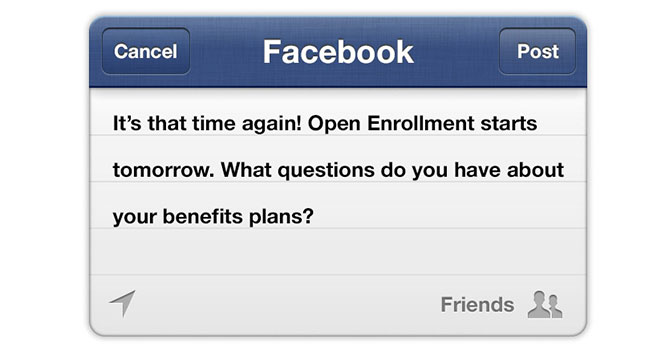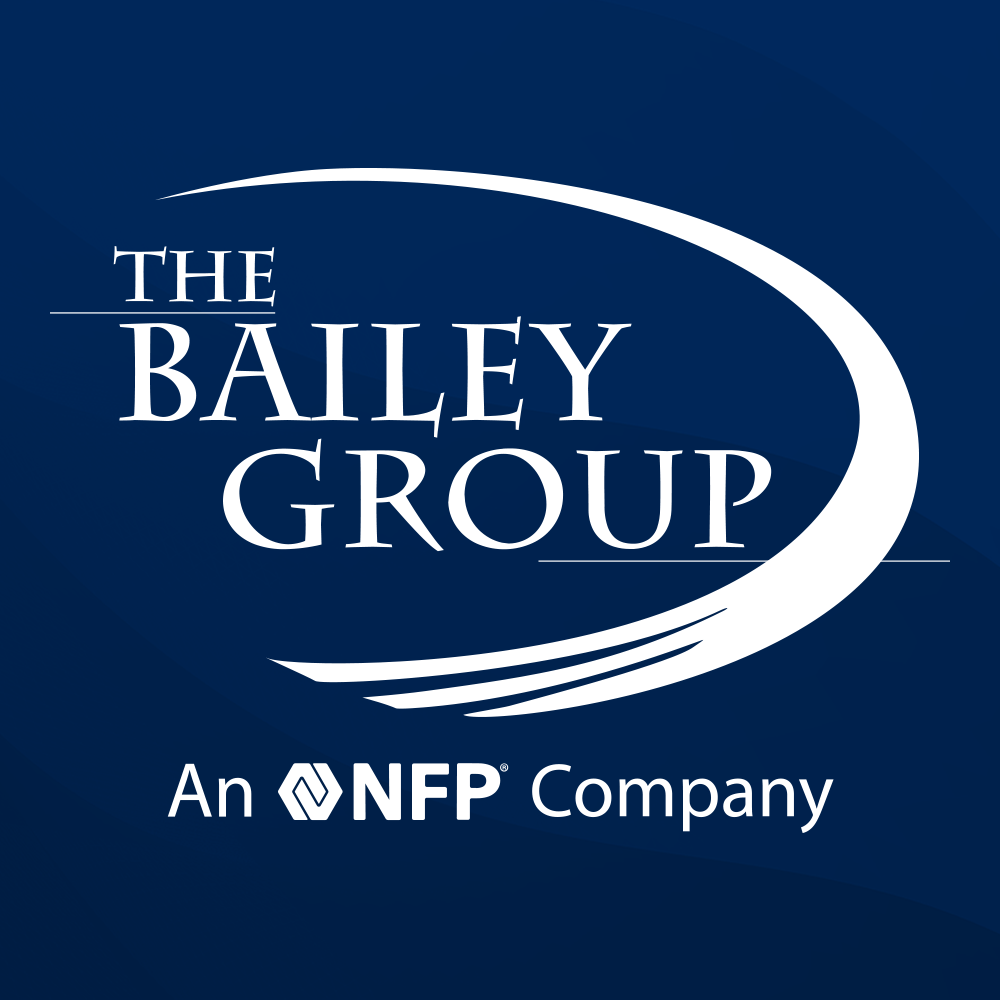Communicating Benefits to Employees using Social Media
By The Bailey Group Marketing
Published April 2, 2013

Whether it’s promoting open enrollment, explaining plan changes or educating on how to use benefits, communicating benefits information to employees is a perennial challenge for employers. A fast-growing trend among leading companies is to include social media in their benefits communication strategy to extend their reach.
The case for using social media to communicate benefits
Social media provides potential solutions to some of employers’ toughest benefits communication challenges.
- One difficulty employers have is reaching a diverse audience of employees. Social media helps companies expand their reach. Though some employees may still expect printed materials, many would prefer reading a post online or watching a video. Plus, considering the amount of personal time employees spend daily on social networks, it makes sense to target them there, too.
- Budget can be another hurdle for benefits communication efforts and social media is a way for employers to do more with less.
- Benefits information can be overwhelming and complex, making some employees more likely to gloss over or ignore it. Using social media, such as posting videos to Facebook or tweeting reminders, makes benefits information more relatable and personable—and employees are more likely to pay attention and understand.
- Benefits communication must encompass many topics. Employers need to promote open enrollment, educate employees about plan changes, explain how to use the plan, promote consumerism and more. Social media helps break down this overload of information into easy-to-digest posts and reminders—in a place employees are already spending time.
- Posting updates year-round can provide valuable reminders to employees about using their benefits wisely.
- Social media offers two-way communication, so employees can easily ask questions about their benefits or interact with other employees.
Where to begin?
To get started, think about how you want to use social media for this purpose. Facebook and Twitter are good places to start, as they are likely the most popular among your employee population.
Whichever platforms you choose, create separate accounts from your external company accounts. Consider using employee-facing accounts not only for benefits communication, but also for wellness and other internal communications.
To get off to a strong start, you need to promote your new social media efforts widely among your employees—your strategy won’t work if your employees don’t follow your online accounts. As you’re getting the message out, promote it in several areas. Add a tagline in email signatures, post links on your intranet, post announcements around the office, etc. Emphasize the benefits for employees, such as:
- Timely benefit enrollment reminders
- Easy-to-understand information on plan changes that simplify enrollment decisions
- Plan utilization tips that help save time and money
- Ability to ask questions about plan changes or benefit details
- Quick access to information anytime that can be shared with spouses and families
Suggestions for content
There are numerous ways your company can take advantage of social media to communicate your benefits. Here are some suggestions to get you started:
- Reminders about open enrollment deadlines
- Short videos, blogs or posts explaining plan changes
- Tweets or Facebook posts about frequently asked questions or definitions
- Health care and prescription money-saving tips (choose generics, only use ER for a true emergency, etc.)
- Reminders about cost-free preventive care available to them
- Tips on how to use a health plan (example: How to submit an FSA claim)
- Retweet or link to relevant documents about consumerism or general benefits education
- Education about voluntary benefits, such as long-term care or dental
Don’t forget to interact! Encourage employees to ask questions, and ask them to share their own experiences or tips for better plan utilization. And as with any social media initiative, be sure to reply if an employee contacts you or asks a question—engagement is a vital component of social sites.




